Affiliate links on Android Authority may earn us a commission. Learn more.
Who pays the most for their smartphones?
April 5, 2017
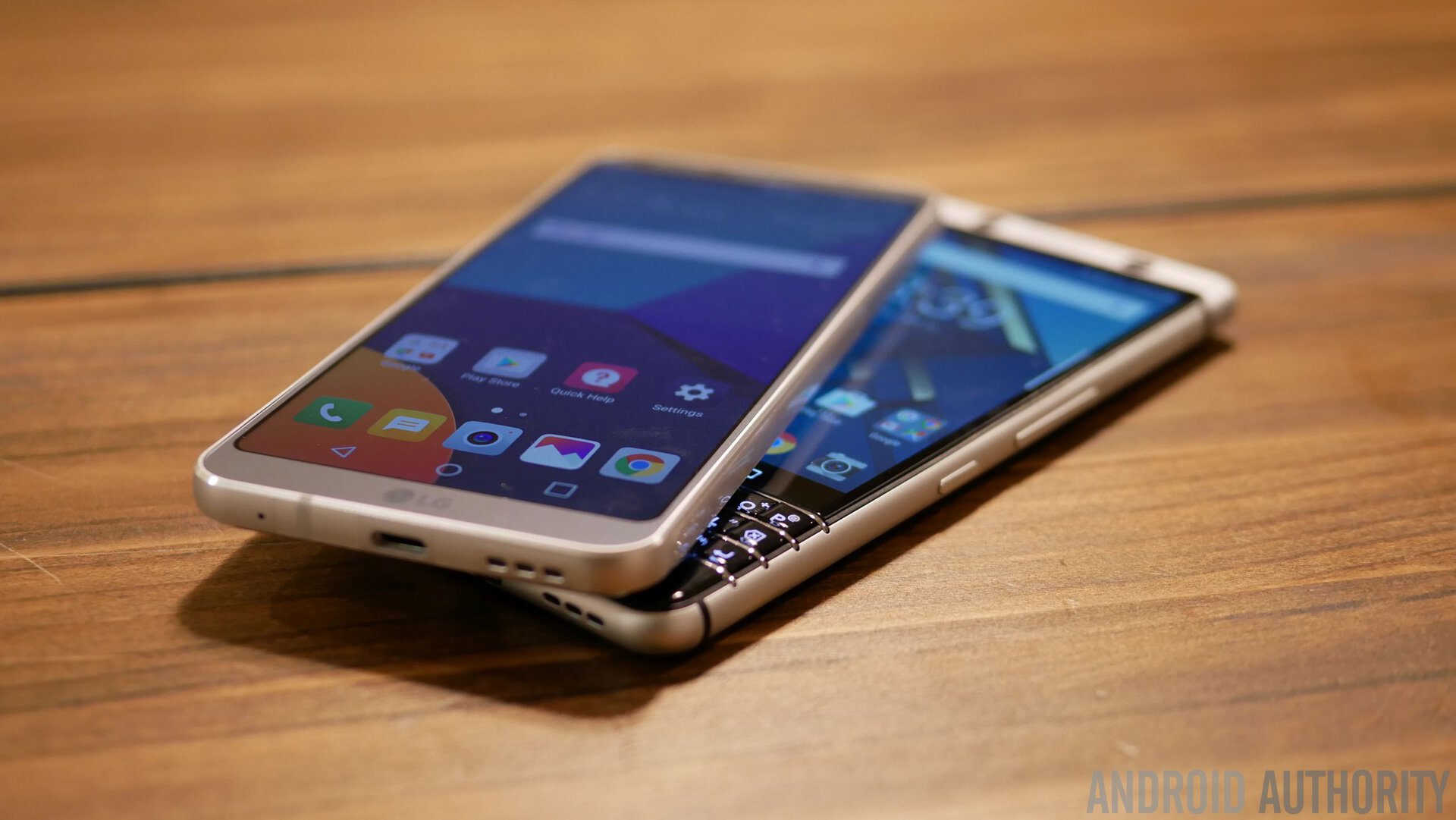
Picking up the latest and great smartphone is rarely an inexpensive purchase, however, customers in some countries can often pay much more for their handsets than other. Regional launch prices can vary for a number of reasons, mostly due to local tax rates, import duties, and occasionally plain old profiteering on the part of the manufacturer.
To help track down the cheapest and most expensive countries for smartphone purchases, we have compiled data about various smartphone release prices around the world. This has been combined with historic currency prices at the time of launch to compare global prices in USD. While it’s not feasaible to track prices in every country, we’ve included as much data as possible about the usual suspects, including last years flagship releases to popular mid-rangers like the Moto G series.
Flagship handsets
Believe it or not, it’s actually a little tricky to find smartphone launches that see a completely global release. Neither of last year’s LG V20 or HTC10 range made it out around the whole world, and we’re all familiar with the strict regional availability of Chinese brands like Xiaomi. Fortunately we can turn to the hugely popular iPhone 7 Plus and Galaxy S7 Edge to give us a look at how prices fair on a like of like basis.
Galaxy S7 Edge and iPhone 7 Plus prices
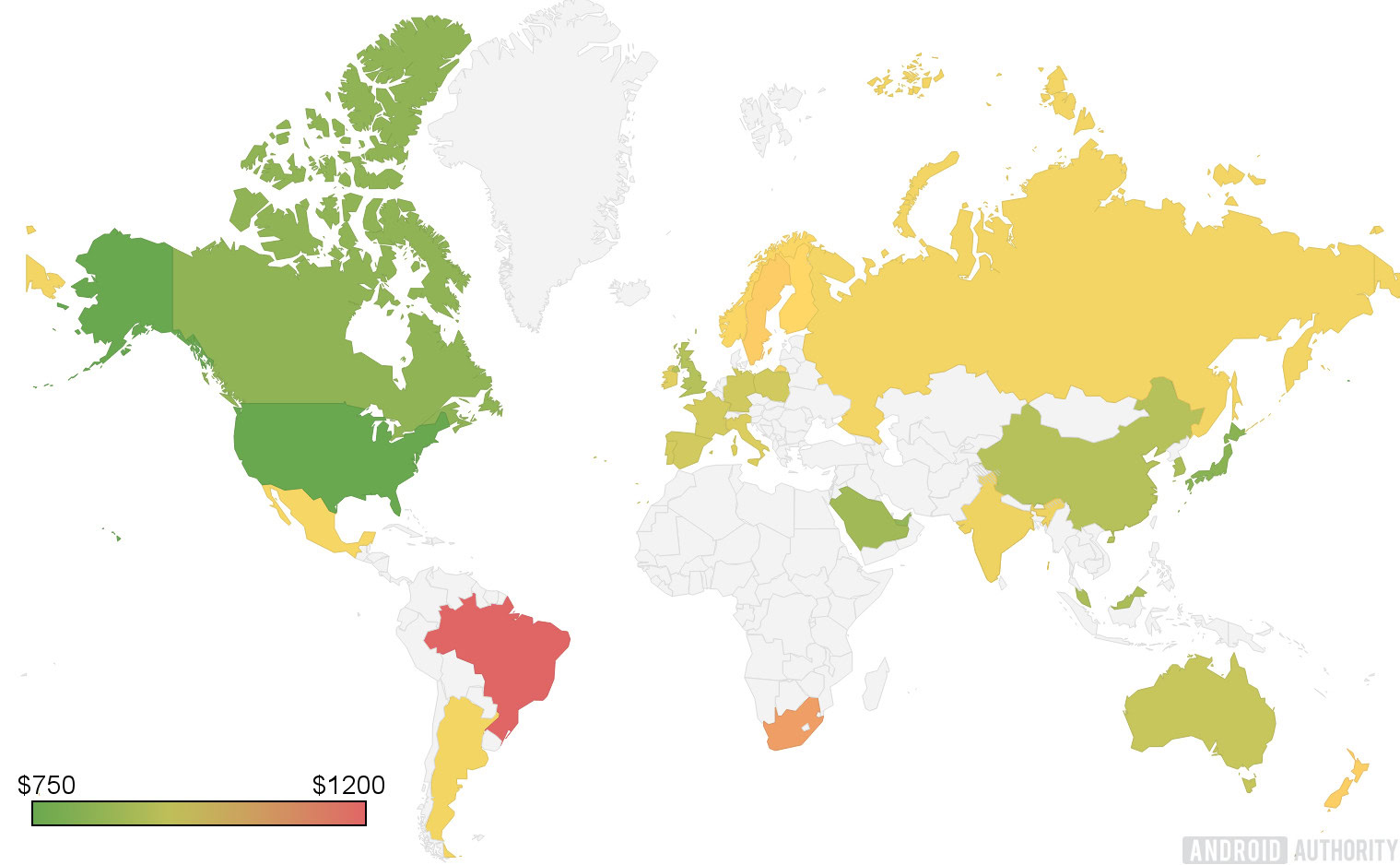
Unlocked prices for your 32GB Samsung and Apple flagships are actually the cheapest in the US and Canada, followed not too far behind by Japan and Middle Eastern markets. Europe, China, and Asian markets add a small premium to these models, probably mostly due to additional taxes. There seems to be higher import premiums still if you’re buying these phones in India, Mexico, Russia, or Scandinavian countries.
Perhaps surprisingly, the US offers flagships from Samsung and Apple at cheaper prices than the rest of the world.
Unfortunately, Latin American, South African, and New Zealand customers pay considerably more than those in other regions. In the US prices tend to start at just under $800, but this shoots up to $1000 USD and more in these countries, a more than 25 percent up-mark compared with the cheapest launches.
For interest’s sake, the average global launch price of the 32GB Samsung Galaxy S7 edge was $870 and $973 for the Apple iPhone 7 Plus with the equivalent memory size. So pat yourself on the back if you grabbed yours for less.
Typical flagship prices per region
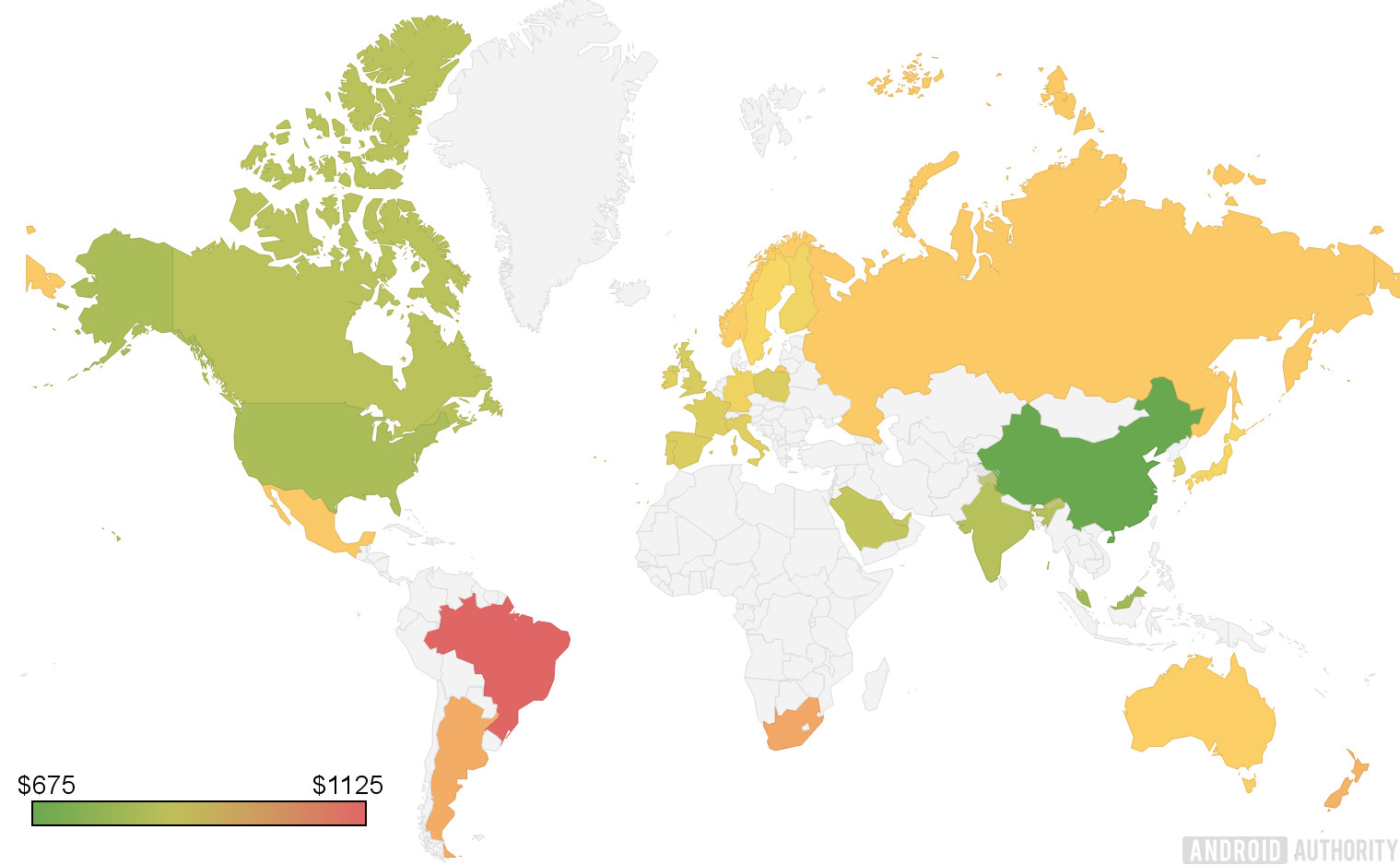
Once we start throwing more smartphones into the mix we begin to see a sharp divergence towards cheaper flagships in Asia. While the US and Europe are able to get their hands on the expensive and rather excellent Google Pixel and Pixel XL, China, India, and other parts of Asia are able to purchase much lower cost flagships from Xiaomi, OPPO, LeEco, and other local manufacturers.
Only recently has HUAWEI begun offering its flagships in more regions, and this is helping to lower prices slightly in the West, as are the OnePlus 3 and 3T. However, the lack of official availability in some countries, such as Australia or Norway, is keeping average flagship prices higher in these places. There’s a growing gap between the most affordable flagships in certain continents, not just in Asia but in Europe and Oceania too.
Speaking of growing gaps, what this chart doesn’t show is the huge gulf between average flagship prices and lowest cost purchases. For example, the average cost of a flagship in India is now quite close to that in the US or Canada. However, your iPhone’s, Galaxy, or Xperia handsets cost anywhere from $100 to $300 more than in the US, but the country’s customers also have access to the very cheap Le Max 2 and Xiaomi Mi range, which cost as little as $260 in China. That’s $140 cheaper than the US’ cheapest flagship at launch, the ZTE Axon 7.
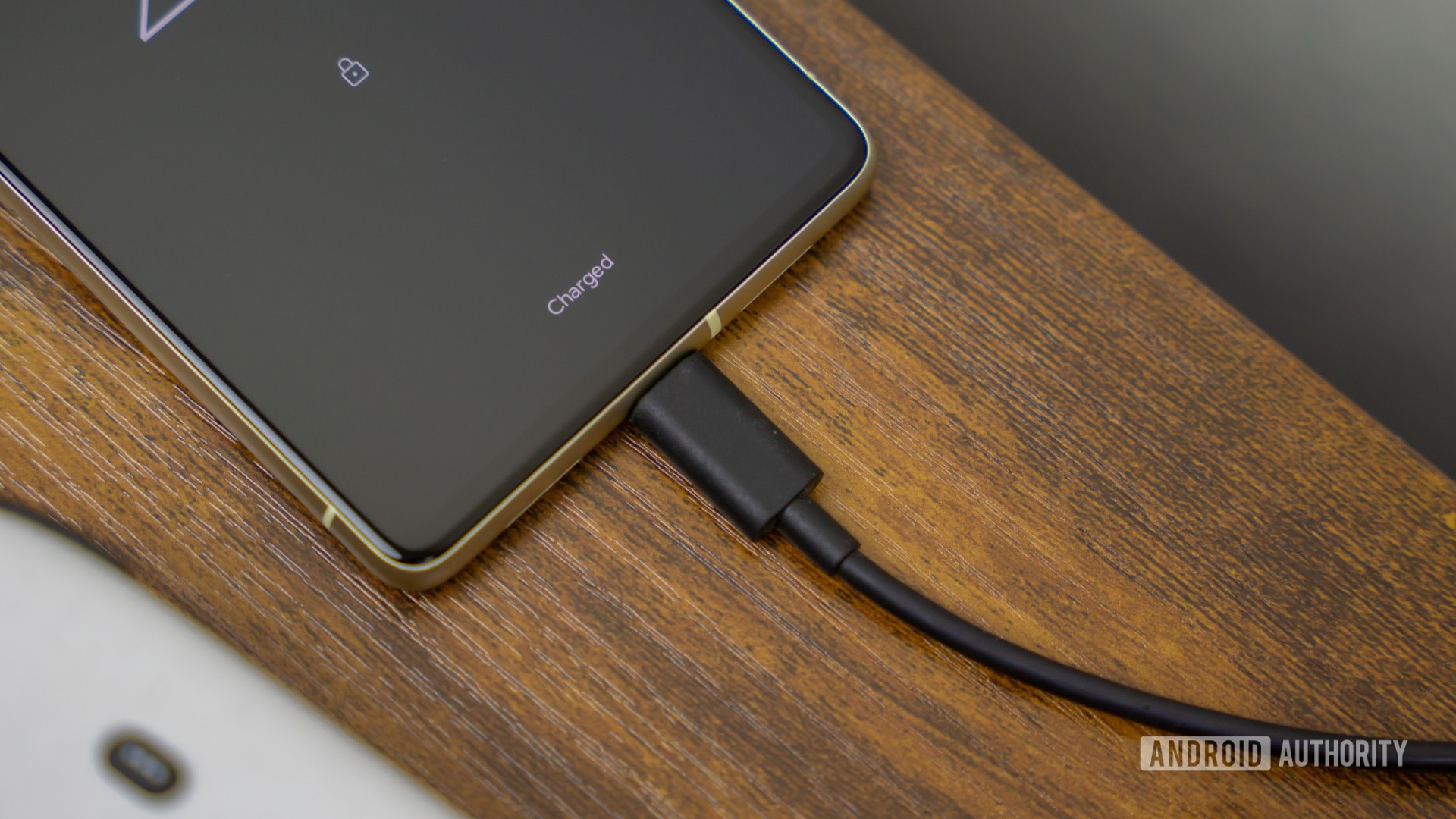
It’s also perhaps a little surprising to find that Asian countries that design many of the most well known smartphone brands, such as South Korea’s Samsung or Japan’s Sony, see prices typically around that of customers in Europe. There doesn’t appear to a notable discounts for being the country of origin for a particular phone in Japan, Taiwan, or South Korea, unlike there is in China.
Speaking of Europe, Scandinavia remains the most expensive part of Europe for smartphones, while the UK is slightly cheaper than the mainland, for the most part. The US and Canada retain a price advantage over other Western countries, although the latter typically pays an additional $50-$100 for the same devices.
Scandinavia is the most expensive place to buy phones in Europe, but South America is by far the most expensive region around the globe.
Again we see the Southern Hemisphere paying significantly over the odds. Latin / South America has yet to benefit from the arrival of low cost Chinese manufacturers and pays significantly over the odds for flagships from Samsung, Apple, LG, HTC, and others. This can range anywhere from $150 to $500 more than US prices. And that’s if manufacturers even release their handsets in these countries, as LG and HTCoften sell cut-down flagship models in countries like Brazil, but still end up charging premium prices.
Australia and New Zealand also pay over the odds, although not to the same extent as South America. Import distance is likely a contributing factor, as is a lack of choice and competition. For example, you can’t buy the top of the line Google Pixel or the low cost OnePlus 3T in these countries, at least not through official channels.
Mid-range bargains
Flagships are one thing, but what about the cost of mid-range phones? This is a little tricker to track without having to look at hundreds of handsets, because prices and specs vary a lot more in this category. Instead, I’ve collected data on handsets that cost around the $250 mark in the US so see how much they can be bought for around the rest of the world.
We’re looking at handsets like the Moto G4 Plus, LG X Power, HONOR 6X, etc, in terms of price and performance. Unfortunately launch price information for these handsets is trickier to track down in many regions.
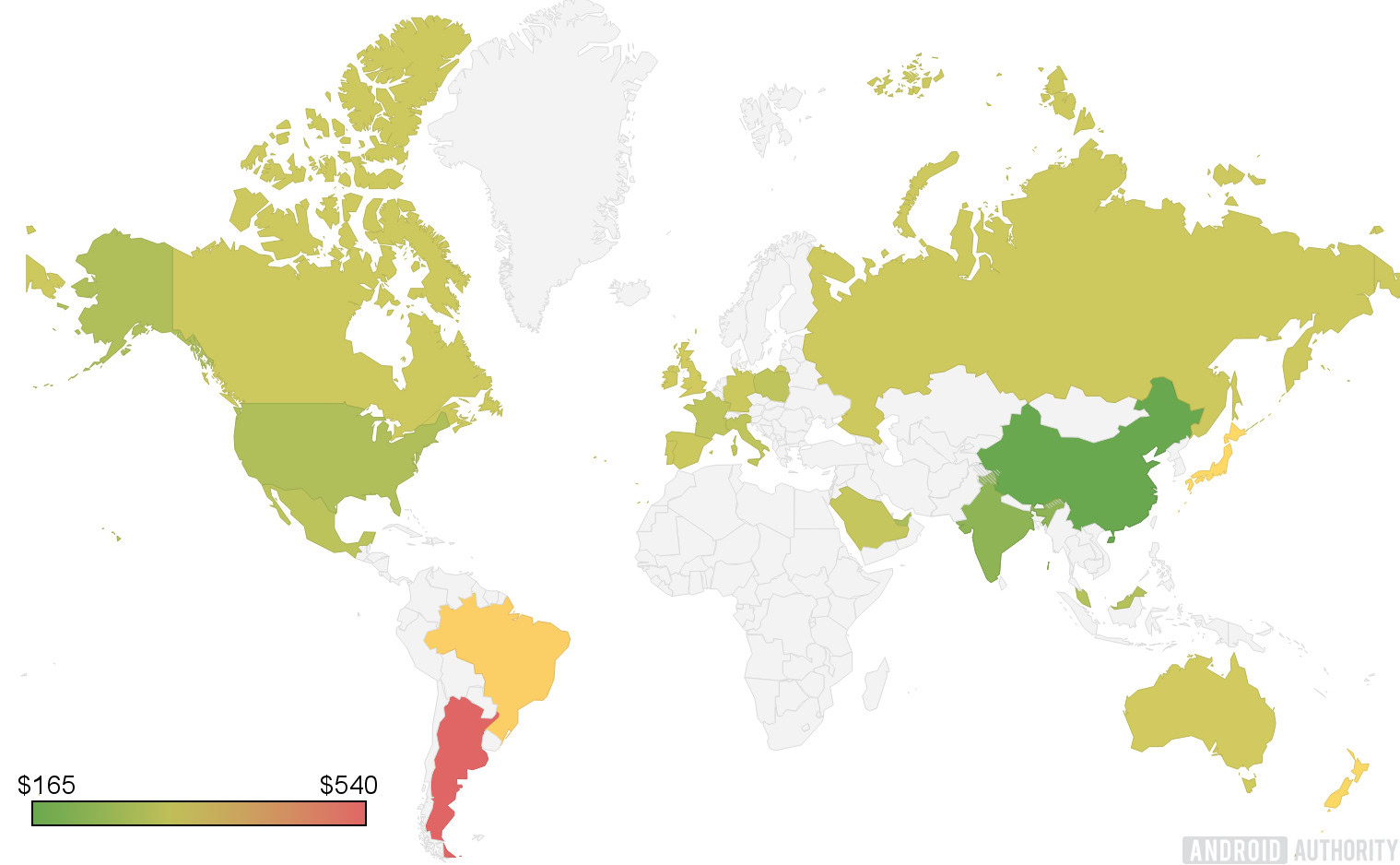
Interestingly there seems to be a lot less global price variation in this segment of the market, with handsets sitting consistently in the $250 to $300 price bracket across North America, Europe, Russia, the Middle East, and Southern Asia. Japan and New Zealand see a roughly $100 markup over US prices, with mid-range phones costing around $350, but this isn’t such a big price hike compared with our flagship graphic.
Again, South America is considerably more expensive than the rest of the world, with prices typically $120 more expensive than the US in Brazil and I found that prices often doubled in Argentina. Unfortunately this situation isn’t just limited to smartphones. Most electronics see a considerable mark up in these territories, owing to steeper taxes and high import duties, along with expensive and difficult distribution channels. Some handset manufacturers, including Huawei, Nokia, and ZTE have established distribution and manufacturing facilities in Brazil in order to sidestep some of these import taxes and costs, and we may see other manufacturers follow suit in the future.
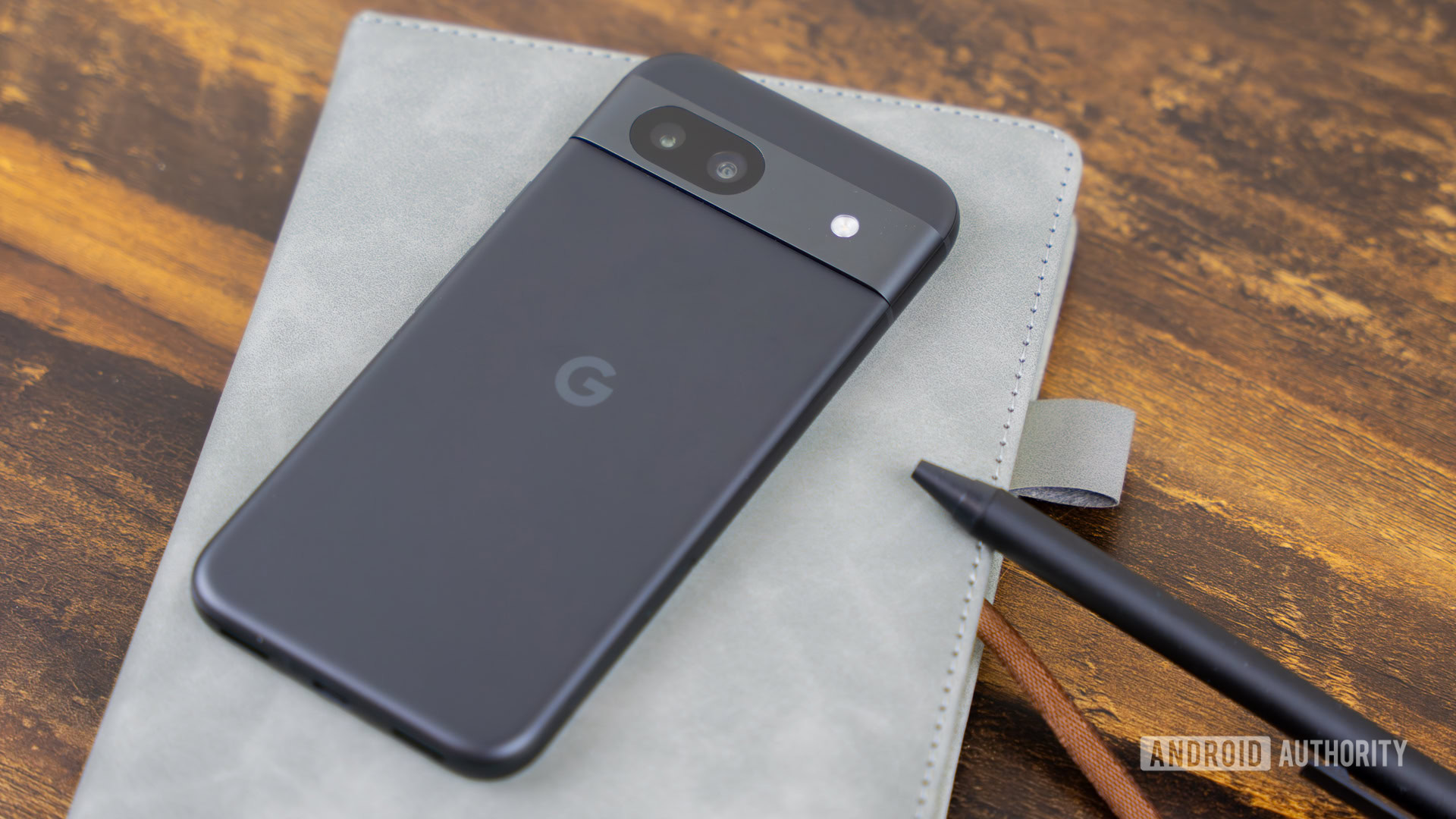
Just as with flagship smartphones, we see notably cheaper mid-tier handsets in China, India, and parts of Southern Asia. For example, the HONOR 6X costs $250 in the US, but this falls to just $190 in China and India. The Redmi Note 4 is even cheaper at just $145 in China. The fact that handsets are manufactured locally in these regions certainly helps keep distribution costs low, as does the higher level of competition for affordable handsets than in the rest of the world.
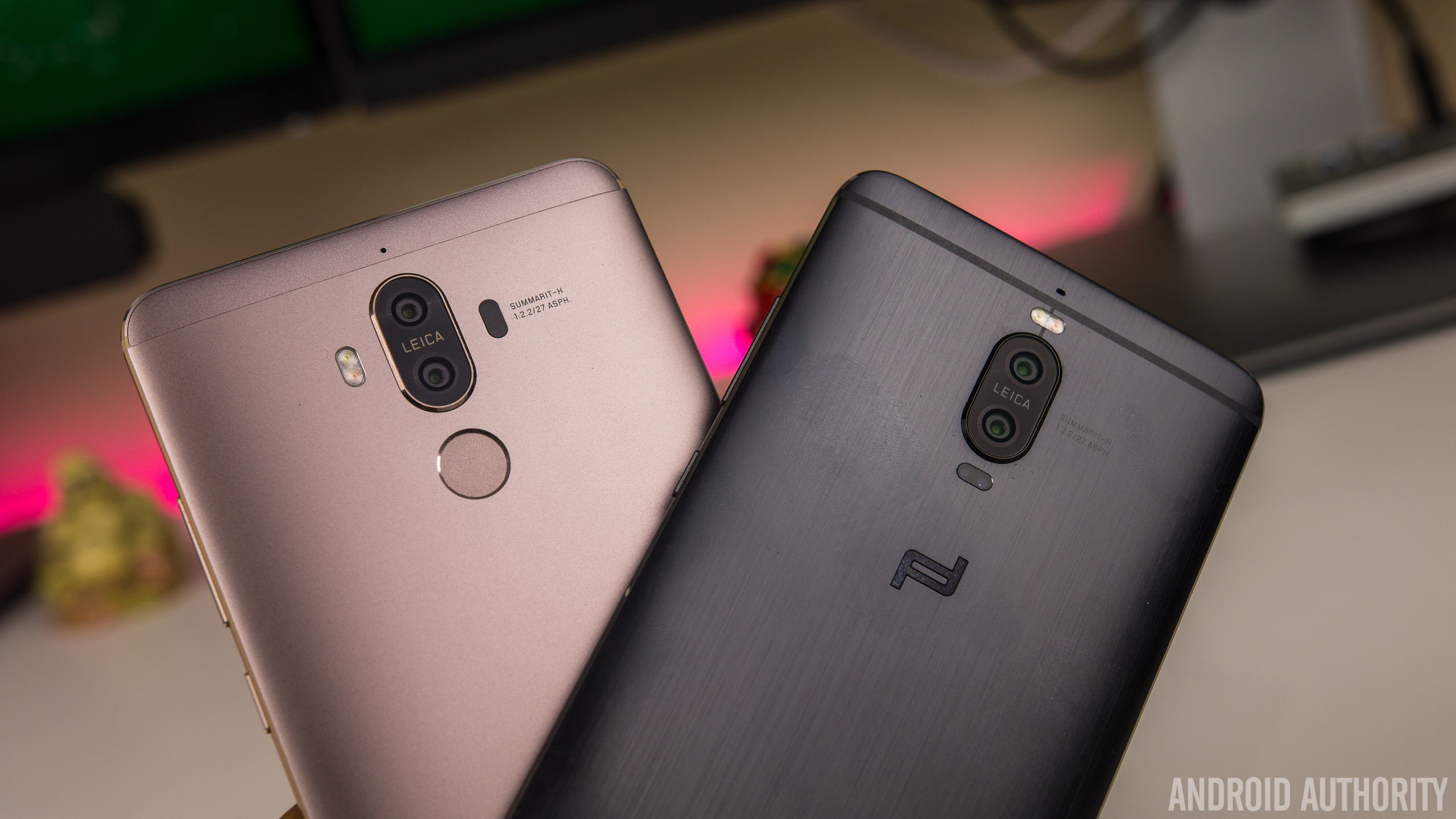
Wrap Up
These findings certainly won’t surprise those who have been following smartphone announcements over the past couple of years. The falling price of handsets in China and India are well documented, as is Western consumer fondness for the more familiar, and expensive, smartphone brands.
Of course, not all flagship smartphones are equal and your top of the line Galaxy S7 Edge, Xperia XZ Premium, and LG G6 the like are typically more expensive outside of the US. In addition, this data probably tells us quite a bit about consumer preferences too. Lower cost flagship territories seem quite willing to forgo the little extras in exchange for a core experience that offers higher performance at a less expensive price point. We will have to see if consumers make similar choices as Chinese manufacturers roll-out more products in the West.